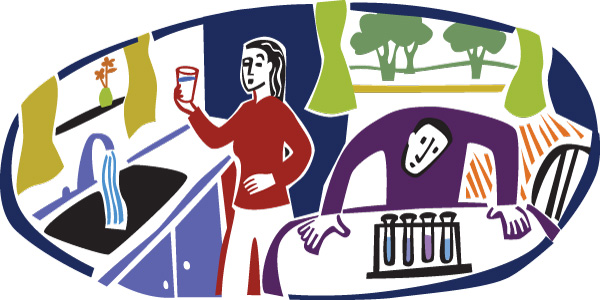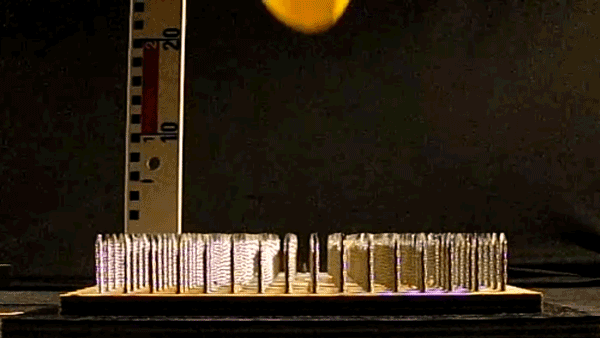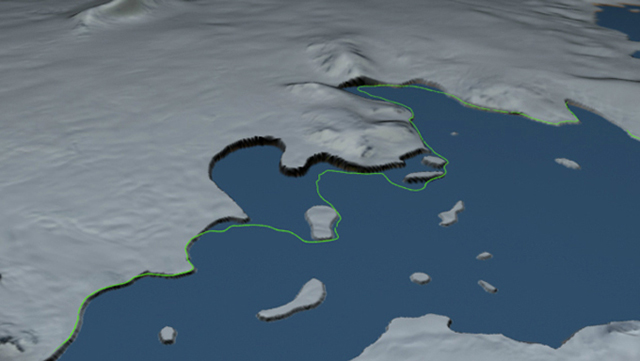Climate change-induced changes in snowfall patterns could imperil two billion people who rely on melting snow for their water supply — and developing countries must work to protect citizens from these variations, researchers say.
Out of 421 drainage basins studied in the northern hemisphere, a study published on 12 November identified 32, serving nearly 1.45 billion people, which are most sensitive to these changes because of their high reliance on snowmelt. In these regions, precipitation falling as rain instead of snow due to climate change is likely to decrease the volume of snowpacks, which are natural reservoirs of freshwater.
These snow-sensitive basins include for example the Indus river basin, which is shared between Afghanistan, China, India and Pakistan, says the paper published in Environmental Research Letters. Read more






